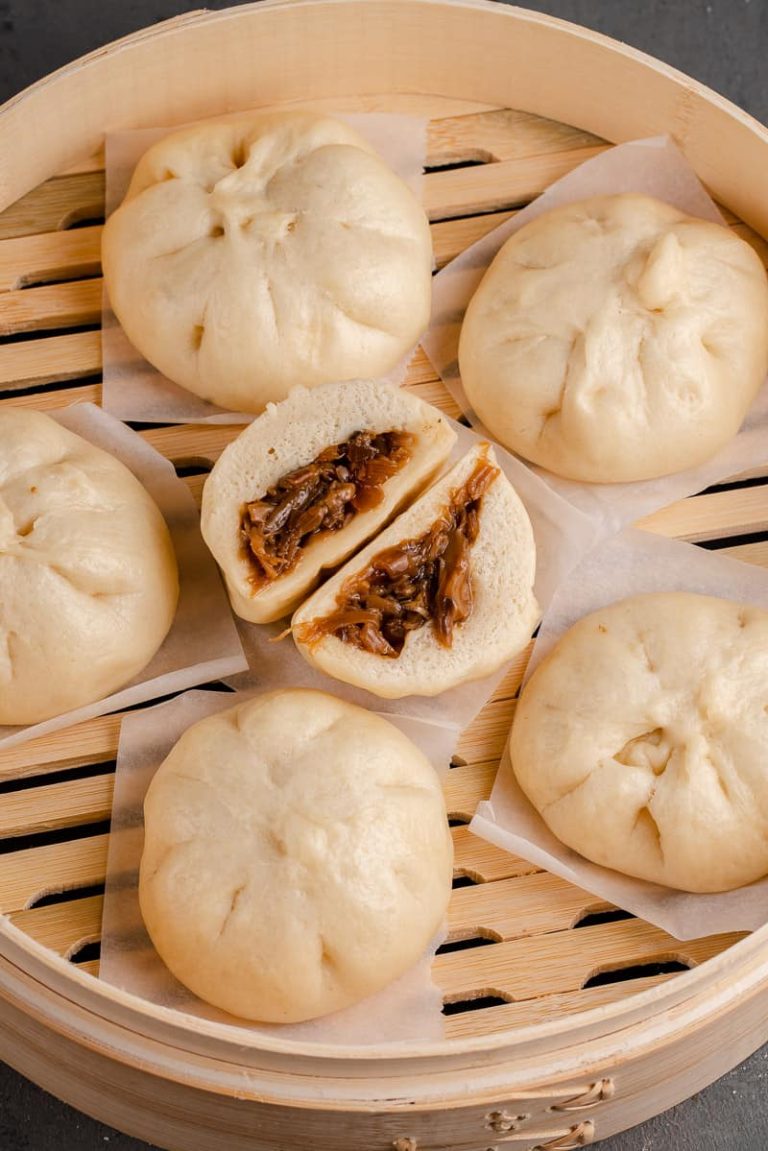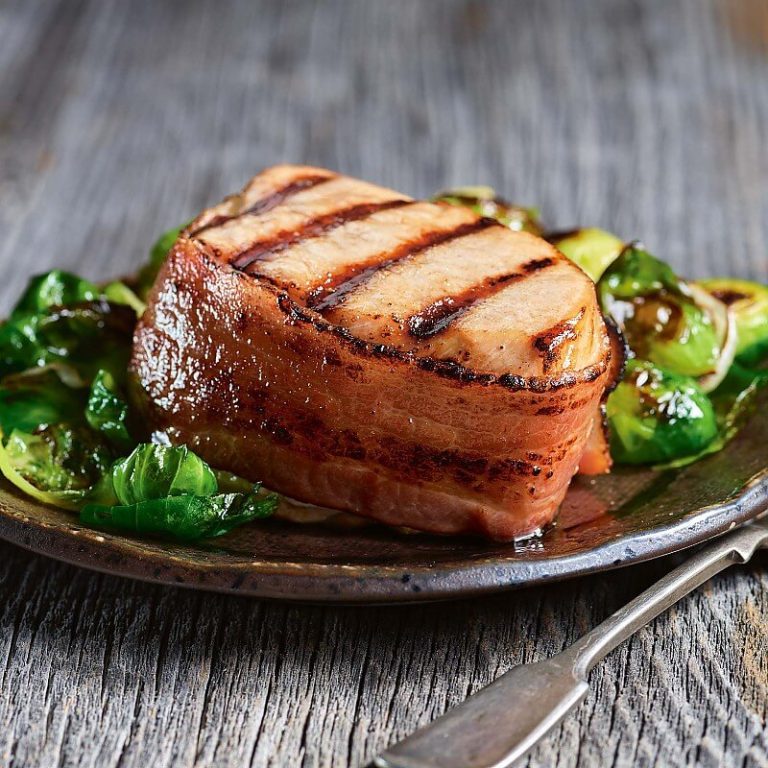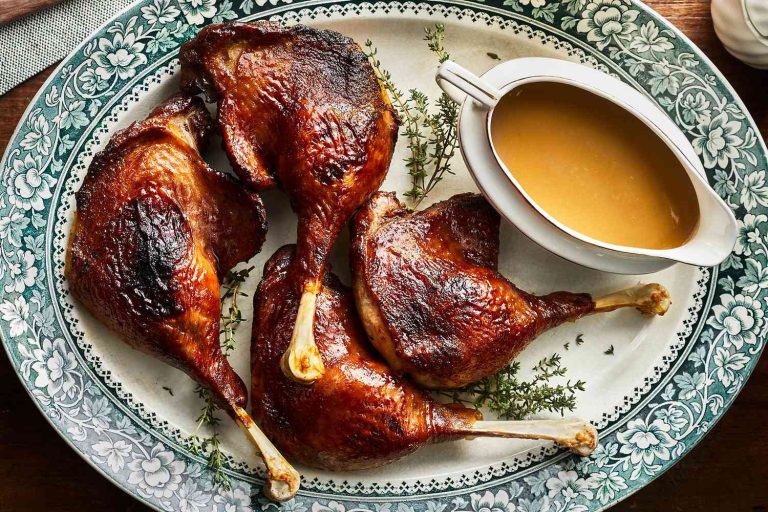Ghormeh Sabzi: The Classic Persian Herb Stew
Ghormeh Sabzi has deep roots in Persian culinary tradition. Historical records date it back over 2,000 years, showing its longstanding presence in Persian kitchens. The name “Ghormeh” means braised, referencing the cooking technique, while “Sabzi” means herbs, highlighting the dish’s key components. You’ll find Ghormeh Sabzi at family gatherings, festive occasions, and national celebrations, underlining its importance in Persian culture. The dish is more than a meal; it reflects Persian hospitality and the rich agricultural heritage of Iran.
Key Ingredients
Ghormeh Sabzi features a blend of herbs, dried limes, and meat. Fresh parsley, cilantro, and fenugreek are sautéed to release their flavors. Dried limes, known as limoo omani, add a distinctive tang and depth. You can use lamb, beef, or veal for the meat component, ensuring it’s tender. Kidney beans provide texture and protein. Onions and turmeric round out the flavor profile, enhancing the aromatic quality. Typically served with Persian rice, Ghormeh Sabzi delivers a well-balanced and flavorful experience.
Cooking Techniques for Ghormeh Sabzi
Preparing the Herbs
Start with fresh parsley, cilantro, and fenugreek. Wash and finely chop the herbs to ensure uniform cooking. For an authentic taste, the herbs should be sautéed. Use a generous amount of oil, heating it in a large pan over medium heat. Add the chopped herbs and stir frequently to prevent burning. Sauté for 15-20 minutes until the herbs turn dark green and fragrant. This step enhances the stew’s depth of flavor.
Cooking the Stew
Brown chunks of lamb, beef, or veal in a large pot with hot oil. Add finely chopped onions and sauté until they turn golden brown. Sprinkle in turmeric, stirring to coat the meat and onions evenly, which releases aromatic compounds. Add the sautéed herbs, kidney beans, and dried limes to the pot. Pour in enough water to cover the ingredients and bring to a boil. Reduce the heat to low, cover, and simmer for 2-3 hours. Stir occasionally to avoid sticking. The stew is ready when the meat is tender and the flavors meld together. Serve over Persian rice for an authentic experience.
Serving Suggestions for Ghormeh Sabzi
Traditional Accompaniments
Ghormeh Sabzi is typically accompanied by Persian rice (Chelo), which is essential for an authentic experience. The fluffy, saffron-infused basmati rice complements the rich flavors of the stew. Torshi (pickled vegetables) adds a tangy contrast, enhancing the savory profile of Ghormeh Sabzi. You might also include fresh herbs like mint, tarragon, and green onions on the side, which provide a fresh, crisp texture. Yogurt, often served alongside many Persian dishes, adds a cooling element to the meal.
Modern Twists
To modernize the serving of Ghormeh Sabzi, consider pairing it with quinoa instead of traditional rice. This not only offers a different texture but also adds nutritional value. Another idea is to serve the stew in bread bowls, making it a convenient option for casual dining settings. Adding a dollop of Greek yogurt infused with garlic can offer a contemporary twist while maintaining the dish’s core flavors. For a lighter version, use grilled chicken or tofu as a substitute for traditional meats, catering to varied dietary preferences.
Nutritional Value of Ghormeh Sabzi
Health Benefits
Ghormeh Sabzi offers a variety of health benefits. Rich in vitamins, minerals, and fiber, the herbs like parsley, cilantro, and fenugreek contribute to improved digestion and immune support. The inclusion of kidney beans provides a valuable source of plant-based protein and fiber, promoting heart health and aiding in blood sugar management. The meat, typically lamb or beef, supplies essential amino acids and iron. Dried limes add a unique flavor while offering a boost of vitamin C and antioxidants. Onions and turmeric not only enhance taste but also possess anti-inflammatory properties.
Considerations and Dietary Restrictions
While Ghormeh Sabzi is nutrient-dense, it’s essential to be aware of certain dietary considerations. If you have allergies to herbs like fenugreek or cilantro, consume them in moderation. For vegetarians or those avoiding red meat, substitute tofu or grilled chicken. The traditional recipe includes kidney beans, which some individuals with legume sensitivities should avoid. The dish is typically high in sodium due to added salt and dried limes, so anyone on a low-sodium diet should adjust accordingly. Always ensure the stew aligns with your specific dietary needs and preferences.
Conclusion
Ghormeh Sabzi isn’t just a dish; it’s a celebration of Persian culinary traditions and health benefits. By incorporating fresh herbs and spices, you can enjoy a meal that’s both delicious and nutritious. Whether you stick to the classic recipe or experiment with modern variations, this stew offers endless possibilities to suit your dietary preferences. Don’t hesitate to make Ghormeh Sabzi a staple in your kitchen, bringing a taste of Persia to your table.






